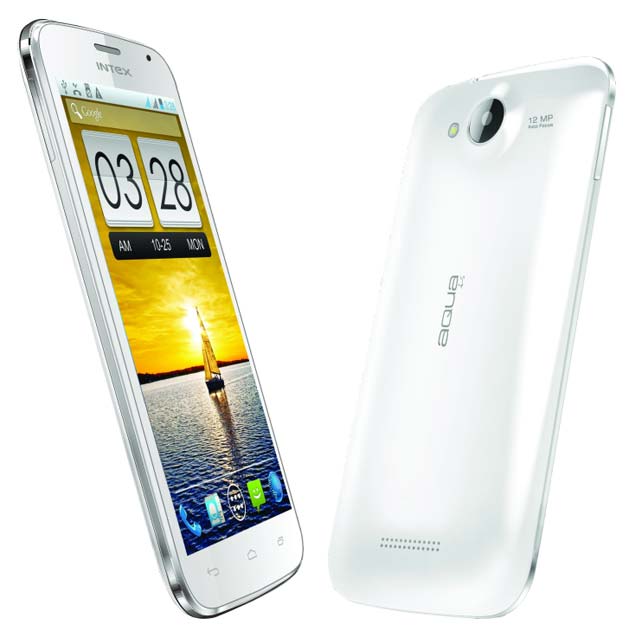Behind the 5-inch Full HD Screen lies Sony's latest advances in mobile camera technology, claiming "World's leading camera in a smartphone."
In the recent flood of new Sony Products, the Xperia Z1 has been revealed at the company's IFA Conference in Berlin. Apart from being a followup to the Xperia Z, this new flagship phone is to be Sony's representative of its new focus on camera capabilities in mobile phones. Released with grand claims of being the "world's leading camera in a smartphone" and offering "best in class imaging," Sony appears to be very confident about their new technology.

The 5-inch phone has a 1080p Triluminos display, which according to Sony, allows for the viewing of a greater range of natural colors, and comes with the company's X-Reality technology to improve the viewing of low-res media. Along with the screen comes the latest development in touch screens that can also be found in the Xperia Z Ultra, as well as 4G support in both devices.
Behind the attractive display sits the quad-core Snapdragon 800 SoC clocked at 2.2 GHz, along with 2 GB of RAM and 16 GB of internal storage space, which can be expanded through a microSD slot by another 64 GB. Measuring 144 x 74 x 8.5 mm and weighing only 170 grams, we are impressed that the phone holds a 3000 mAh battery. Android Jelly Bean 4.2.2 initially comes with the phone, but we are hopeful for a later update to Android 4.4 KitKat.

While the phone itself is rather standard, the defining difference between this and previous Sony phones is the camera capabilities. A 20.7MP Camera is located on the back of the phone, which uses a 1/2.3-inch Exmor RS CMOS image sensor, while the lens itself is Sony's G Lens which is a wide angle 27 mm lens with an aperture of f2.0, and can apparently deliver 3x optical zoom without any distortion at all. The actual hardware processor of the image comes courtesy of a Bionz unit that Sony uses in many of its Alpha DSLRs.
However, to uphold the bold claims of the phone's photographic excellence, the standard Android Software just won't do. Consequently, many apps have been preloaded onto the phone to extend the camera's capabilities, such as Social Life (camera streaming to social media), Timeshift (a burst capture mode to select the best of the images), Info-Eye (uses photos to search online for relevant info), and AR Effect (augmented reality to overlay custom animations onto images). Not withholding, the company has designed the hardware with an open SDK, so that developers can also take full advantage of the hardware available.
While the collection of camera hardware in the phone is impressive, we have noticed a distinct lack of Optical Image Stabilization being mentioned in the press release. While this might not even be a problem for the camera's photo capabilities, we reserve judgement until we can objectively verify the company's claims ourselves. With Nokia's PureView line-up and its Lumia 1020, the Xperia Z1 has its work cut out for it. The phone has IP55 certification (limited dust ingression protection) and a surprising IP58 label (as opposed to IP57), which means that the phone is water resistant up to a certain pressure for long periods of time, as opposed to limited time between depths of 15 cm to 1 m (between half a foot and 3 feet). If you plan to go diving with your Black, White, or Purple Xperia Z1, you will unfortunately have to wait until it hits the shelves "later this month."
 6,799
6,799 6,799 prior to its official launch in India. Earlier in the month, Micromax had listed the mobile’s specifications on its official website but had failed to mention pricing and availability of the device.
6,799 prior to its official launch in India. Earlier in the month, Micromax had listed the mobile’s specifications on its official website but had failed to mention pricing and availability of the device.



